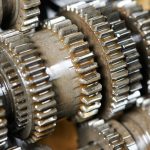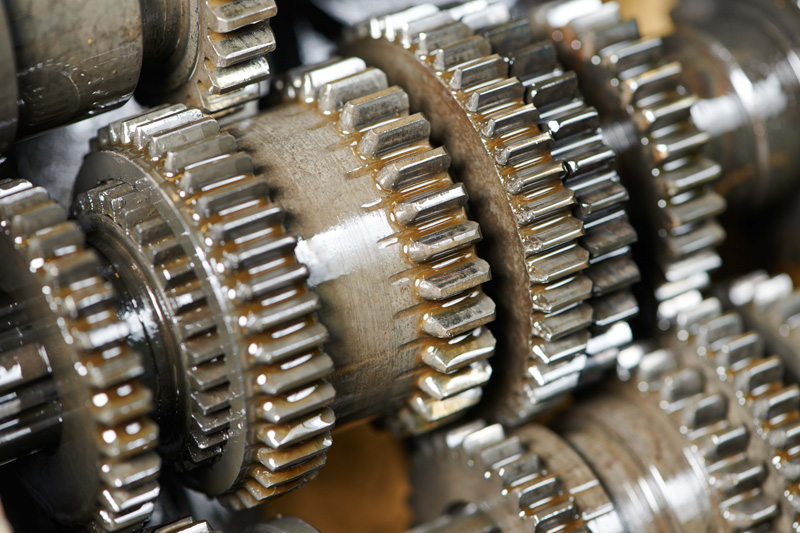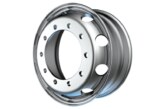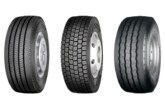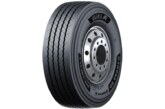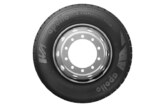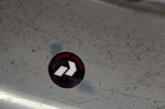Mark Burnett, VP of the lubricants and fuel additives platform of water, energy and maintenance solutions provider, NCH Europe, gives three key tips for choosing your grease.
Although often neglected, we all know that proper grease lubrication of workshop equipment and vehicle machinery makes everything run more efficiently and minimises problems associated with high temperature, friction, wear, rust, corrosion and extreme pressure. Despite the fact that at least 70% of greases are lithium-based, newer calcium sulfonate greases offer superior multi-purpose performance. But with a multitude of products on the market, how do you choose between them?
1. Make sure your grease can stay put under heavy loads
We ask a lot of multipurpose greases nowadays. From ultra-clean and dry air conditioned environments and general automotive parts and equipment in vehicle workshop environments, to severe outdoor applications where lifts and pulleys can exert heavy loads on machinery, your grease must perform. When put under these strains, lesser greases will quickly lose their structural integrity and get squeezed out of equipment under heavy loading. Whether it’s the mechanism on a vehicle crane or the columns on a pit jack, heavy loads can cause grease to leak and squeeze out under the force of gravity and high pressure.
To overcome this, NCH Europe developed K NATE, a calcium sulfonate grease with unique properties. Made using a blend of tackifier additives, K NATE contains adhesive polymers that allow K NATE to stick to surrounding metal as well as cohesive polymers that allow it to stick to itself. This formula means the grease can minimise the effects of excessive wear and heavy load shock conditions, withstanding a weld load in excess of 800kg on a four ball machine.

2. Make sure your grease can handle contamination
Most of us know that over 70% of machine wear occurs on cold startup. Before your lubricant has a chance to circulate and coat the internal surfaces, metal-to-metal contact causes friction and temperatures can very quickly reach over 1,000°C, welding together core components.
Extreme contact temperatures, combined with operating and ambient heat in equipment such as motors, pumps, hydraulic presses, lifts and compressors, can cause catastrophic failure. Ultimately, this leads to extended down-time, charred grease and unprotected bearings. When choosing a grease that can
perform as you need it to under heat and friction, look for a product that has a high working temperature and dropping point, along with other extreme pressure agents. For example, K NATE provides effective lubrication from -30 to 200°C continuously and up to a maximum of 230°C intermittently. To top this off, K NATE offers a dropping point – the point at which a grease moves from semi-solid to liquid form – of 288°C. This high dropping point reduces grease consumption, providing protection for longer.
Heavy loads, combined with high temperatures and friction, lead to extreme pressure (EP). That’s why NCH developed a grease with EP agents that react to heat, relieving pressure by introducing a thin lubricating film. This film fills in the gaps between asperities (the rough projections present on metallic surfaces at an atomic scale) even on surfaces polished to a mirror surface. This lubricating film allows surfaces to glide over each other, reducing wear and elongating component life.

3. Make sure your grease can handle extreme heat and friction
Water, dust and corrosion are the three biggest killers of industrial equipment and no matter how much you try to minimise ingress, over time, your grease will come face to face with these problems.
If you’ve ever repaired, serviced or replaced a motor, you’ll be familiar with the damage that can be caused by dust and airborne particles. Especially susceptible are applications such as automotive workshops, packaging plants, card and paper processing plants where, despite the best ventilation and ingress protection, dust can infiltrate motor housings over time, clogging air filters and overheating windings.
Likewise, dirt and other organic matter can mix with grease to become an abrasive powerful enough to score bearings, cause pitting on gear teeth, and lead to long term microbial growth.
Combined with exposure in outdoor environments, or steam and condensation indoors, water washes away grease like there’s no tomorrow, leaving surfaces unprotected. This is another reason why commercial automotive environments can never be truly shut down, instead being serviced in a phased process. If the facility is shut down entirely, lubrication dissipates, corrosion sets in and equipment seizes up, when the equipment is restarted.
To prevent these problems, K NATE is specifically formulated with excellent water resistance that limits water-washout to just 0.5%, where standard grease exhibits over 5%, along with corrosion inhibitors that form a protective barrier against external and internal contaminants.
Even if you don’t neglect the regular maintenance and repair of your industrial machinery and equipment, using a high quality grease will make all the difference. From higher temperature and load endurance to a more sophisticated ability to combat contamination, a good grease makes all the difference. So remember, choose a grease that can handle the pressure, handle the heat and handle the contamination.

